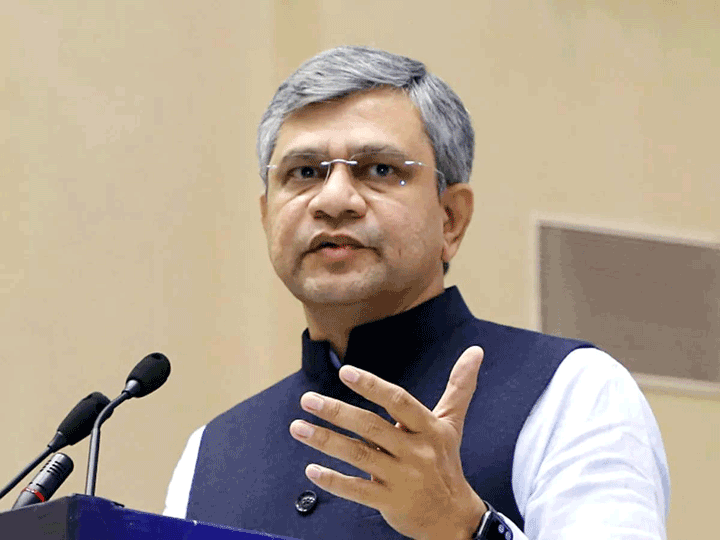Amid US sanctions, Huawei highlights uses for 5G technology
China’s Huawei Technologies Co. is providing smart services and 5G technology to industries such as healthcare, creating new revenue streams that might offset the damage to its smartphone business from U.S. sanctions. In the southern city of Guangzhou, the company teamed up with the Guangdong Second Provincial General Hospital to equip it with 5G technology and more than 10,000 smart devices that can collect and transmit real-time health data from patients to doctors and nurses to improve patient care.
5G is an ultra-fast wireless technology that has little lag time and can support a massive number of smart devices connected to the internet simultaneously. The current mainstream technology, 4G, is slower at transmitting data and can support fewer devices.
Huawei is the world’s largest supplier of 5G technology equipment, even though it is shut out from the U.S. and some other major markets. Last year, it briefly also was the world’s largest smartphone maker, surpassing South Korean handset maker Samsung.
But sanctions imposed by Washington have restricted Huawei from obtaining the computer chips necessary for its smartphones. Last month, the company forecasted its smartphone revenue could drop as much as $40 billion – or about 80% – this year.
Providing 5G technology and services for the healthcare, finance and even education industries is one way to increase its revenue.
“We all know that 5G, compared to the previous generations of communication technologies, has the three characteristics of large bandwidth, low latency, and massive connections,” said said Guo Zizhong, director of Huawei’s Smart Hospital Business Division in China.
“In fact, when it comes to the adaptation of the three characteristics, the medical field is a very good match with them among industries in all walks of life.”
The hospital in Guangzhou, a city of 15 million, uses various smart technologies, including a 5G ambulance fitted with medical devices and cameras to transmit data and footage in real time, allowing doctors to make better diagnoses while patients are on their way to the hospital so they can be treated as soon as they arrive.
Previously, for example, heart monitors would have to be removed to upload data from patients, and then checked by doctors.
“With real-time (monitoring), we are able to learn about what’s going on with a patient’s heart rate and can immediately give instructions on what to do,” said He Yongcong, a doctor in the hospital’s department of cardiovascular medicine.
The 5G technology can also be used in monitors that measure the progress and speed of intravenous infusions in real time and in smart wristbands that can be used as emergency alert devices. So nurses can monitor patients remotely and prepare infusions and medications ahead of time instead of constantly checking patients at their bedsides.
“With the application of the 5G network, we’re now able to save a lot of time in routine work,” said Chen Xiaofang, a nurse at the hospital.
Experts say that although 5G could be used to collect data and make many industries technologically smarter, the technology needs to be more cost-effective.
Construction costs and expensive devices and accessories are preventing widespread adoption, said Cui Kai, associate research director at research firm International Data Corporation (IDC).
“Some policy guidance and support may be needed to help 5G develop rapidly. In the mid-term, we believe that (the development of) 5G still depends on the cost,” Cui said.
For 5G technology to become popular, there must be a range of technology services offered for different industries, Cui said.
“Only (then) . . . can we drive the development of digital transformation of the entire society.”











